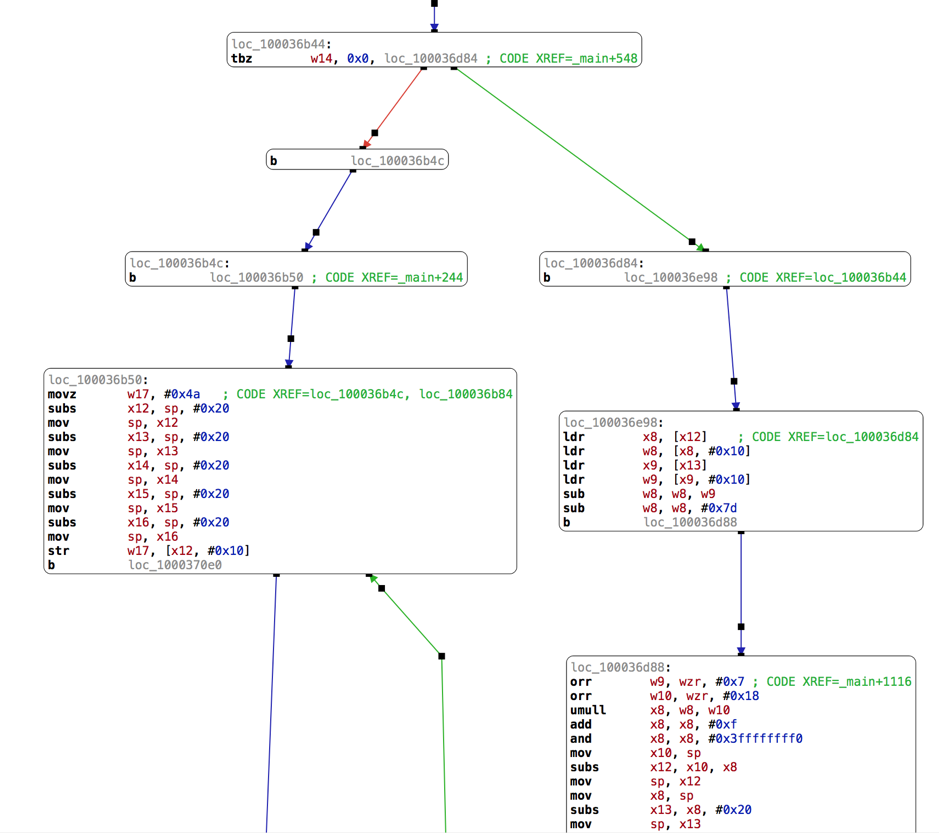


- GUIDE TO USING HOPPER DISASSEMBLER SERIAL KEY
- GUIDE TO USING HOPPER DISASSEMBLER FULL VERSION
- GUIDE TO USING HOPPER DISASSEMBLER CODE
#Kontakt 5.7 mac crack torrent full version.
GUIDE TO USING HOPPER DISASSEMBLER SERIAL KEY
#Kontakt 5.7 mac crack torrent serial key.Which is great for inspiration if you don't know where to begin looking in the headers. As you can see I don't get exactly HOW someone does something but I do get a rough overview about what they are doing. This is how I personally use disassemblers. In fact all of the above are correct, Boover will look at the icons colors and then render a new one based on that and then it will set the image as the badge. It then looks like it is creating an image with makeImage and the subsequent calls down to renderInContext. It then looks like it hooks some methods like updateBadge, configureAnimatedForIcon: and so on. This is the order that the tweak is executing (one part, at least).Ī rough overview, it looks like it reads some file and gets some values. You can find that it uses classes like SBIconView and so on. You can see that there are a lot of things, many which looks like variable (which they are). I won't go into detail in this one, but the tweak is open source on github, although it is currently a couple of versions behind I think. This is a disassembly from my tweak Boover, which is more advanced and thus have way more to look at in a disassembler.
GUIDE TO USING HOPPER DISASSEMBLER CODE
A method was added, called and then the original code was called. This seems to be pretty much what we could gather from the disassembler. Here is the actual source code for the SBLockScreenView - ( NSString * ) getCustomName % hook SBLockScreenView % new - ( NSString * ) getCustomName % end So here we can see that getCustomName is called, and then setCustomSlideToUnlockText: is called after that. NOTE: Now I am not really too knowledgable about disassembling things, or assembly code for that matter, but from what I've gathered looking at many tweaks this here is an order of executions. Logos has a keyword called %new which makes it easy to add methods to classes.Ĭlicking the links here will take us to the line in the tight panel. In fact, in the previous screenshot we saw something named addMethod, so we could actually believe that the tweak adds this method to the class SBLockScreenView. The method getCustomName is nowhere to be found so it must be something that is within the tweak. Looking at the headers for this file we do find that it has a method called setCustomSlideToUnlockText: so wen can now assume the tweak also hooks into that method. SBLockScreenView is a class in the SpringBoard so we can now assume the tweak hooks into that class.

NOTE: All of these strings are obviously also shown in the area to the right, although you'd have to scan for them.Īnd from here on I can basically guess exactly what is happening in the tweak, mostly because the tweak itself is very simple. In this case I press "strings" at the top and I get this. Pay little attention to the assembly code and look at the list to your left. So once we open SliderChanger.dylib we get this. We will try to get an idea of what the tweak does without the source code available. I have put together a very small tweak just for this example, it is almost the same as "SliderChanger" that we made in chapter 3.

This file is what you will inspect so you'd now open it in your disassembler of choice. You can either get them from your device, in this location /Library/MobileSubstrate/DynamicLibraries/ or from a. If you do not know what a disassembler is, just google it.įirst of all you will need a dylib. In this article I will very briefly go through how you can use a disassembler like Hopper or IDA to inspect other tweaks (and iOS binaries) for research or fun.


 0 kommentar(er)
0 kommentar(er)
